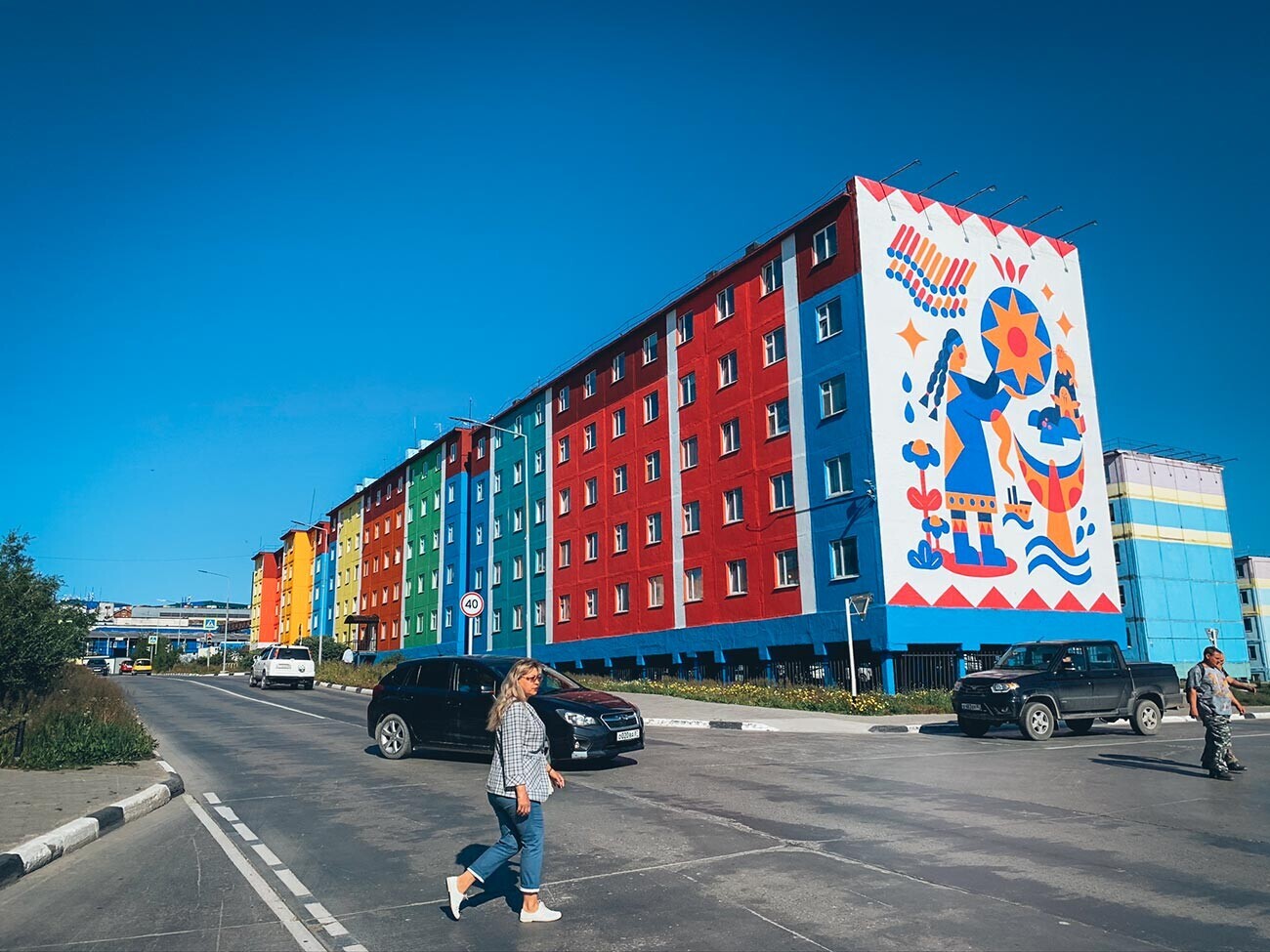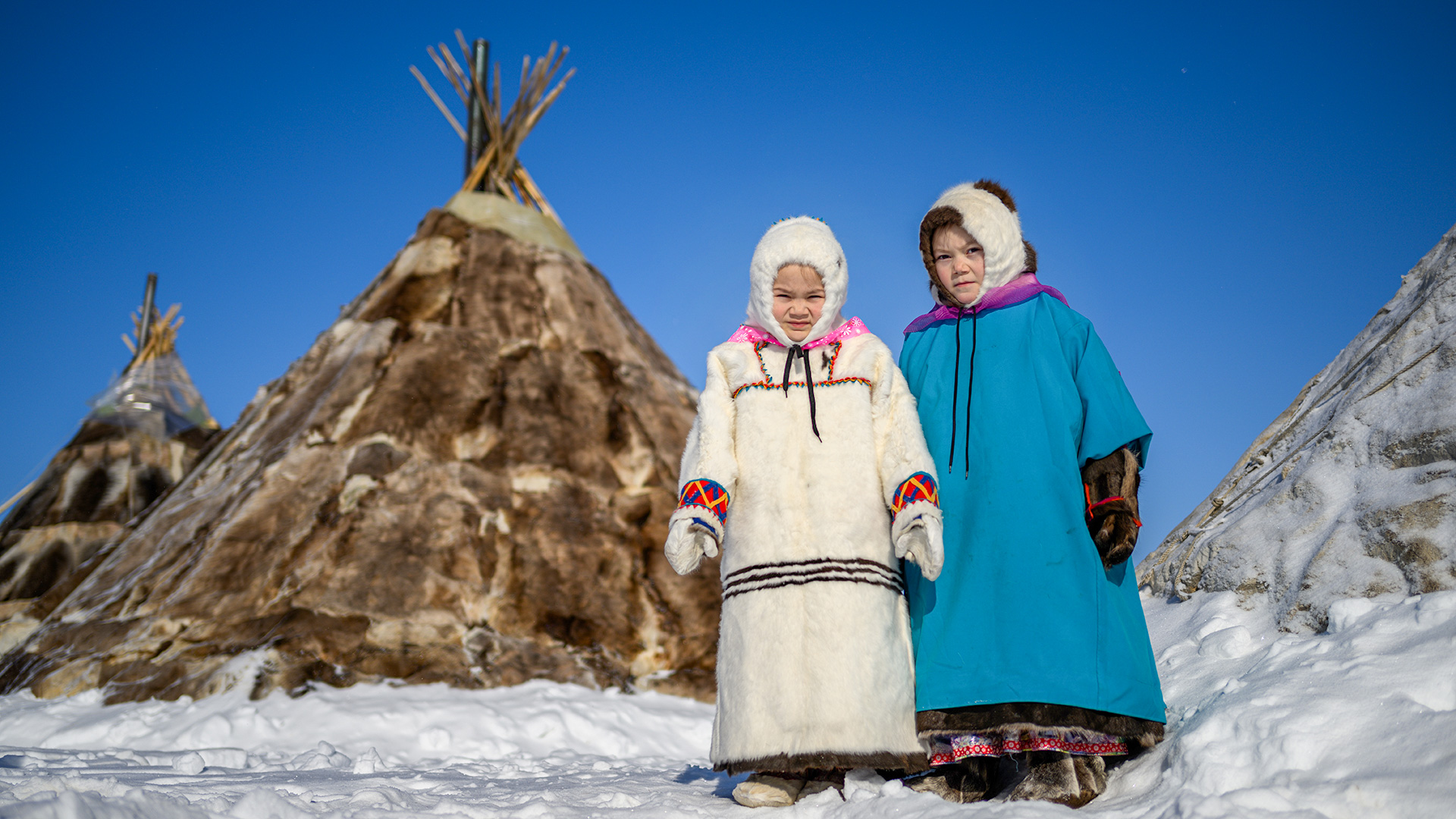
Why did the USSR build ‘gray’ houses?

The first ‘panels blocks’ were unusual, as the architects were given license to experiment. An example is the "openwork house" of 1940 on Moscow's Leningradsky Prospekt. Although gray, it has exquisite lattices hiding cluttered balconies. And, in the Cheremushki neighborhood, some buildings have fountains in the courtyards.
 The "Openwork House".
The "Openwork House".
However, mass construction began in the late 1950s under Secretary-General Nikita Khrushchev. The beginning of his rule passed under the motto: "fight against excesses" – and these ‘Khrushchevkas’ were the opposite to ‘Stalin's Empire’.
Because of the technology of the time, the panels were painted not in factories, but on site. And high-quality bright colors were in short supply. Therefore, houses, for the most part, were monotypic and pale: sometimes gray, sometimes white, sometimes beige.
 Soviet district development in Moscow.
Soviet district development in Moscow.
But, construction became so massive that it allowed millions of people to get separate housing. Just imagine that you were living with your family in a communal apartment or in a barrack with no amenities and, suddenly, you have your own apartment – and for free!
 Anadyr.
Anadyr.
But, there are exceptions. In the Russian Far North (Salekhard, Anadyr, Norilsk), all buildings, including panel houses, are painted in bright colors. These faraway places try to compensate for the lack of sun and vegetation in this way. And, these days, the panels are also painted with huge graffiti (murals) with northern motifs.












